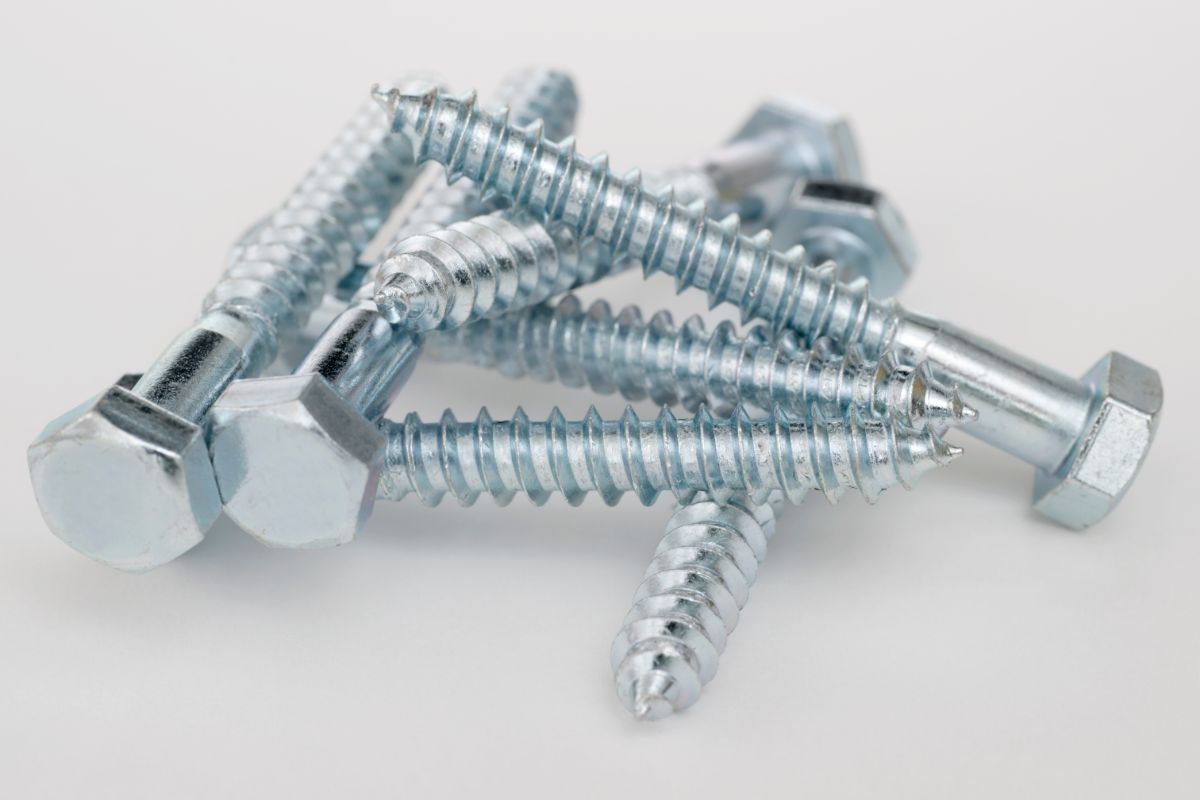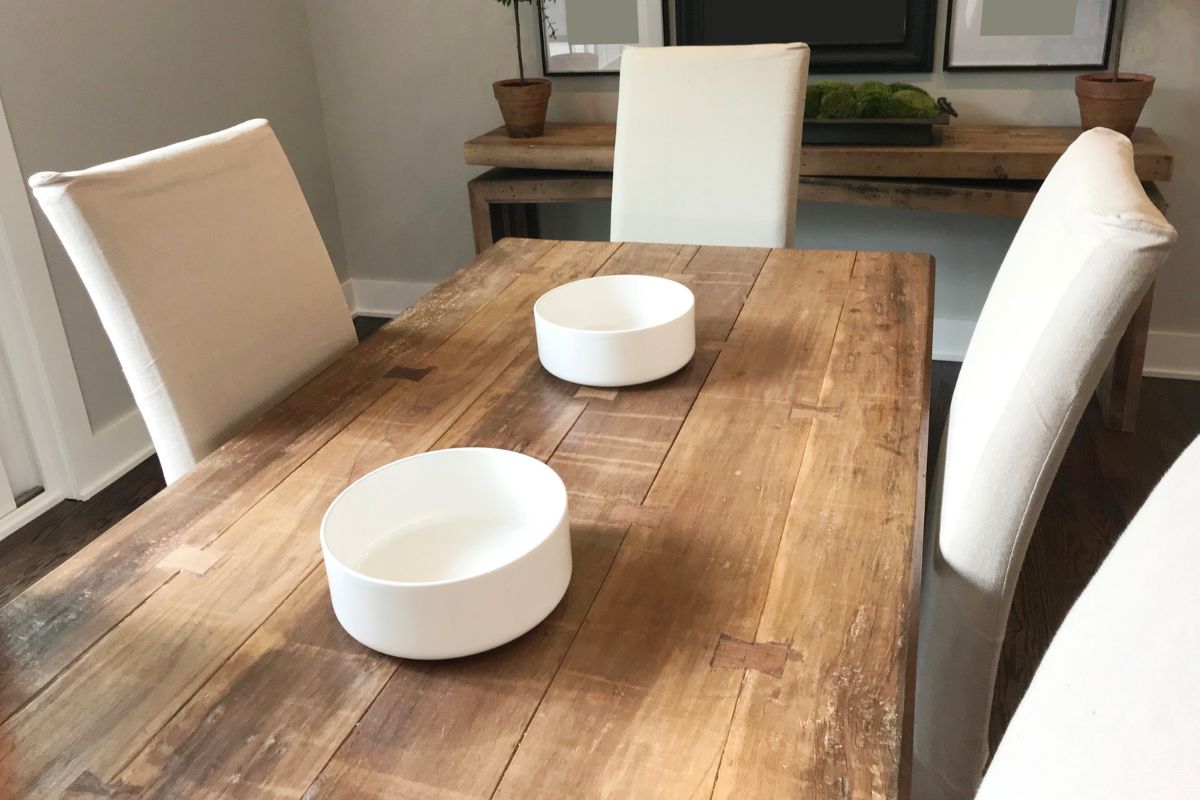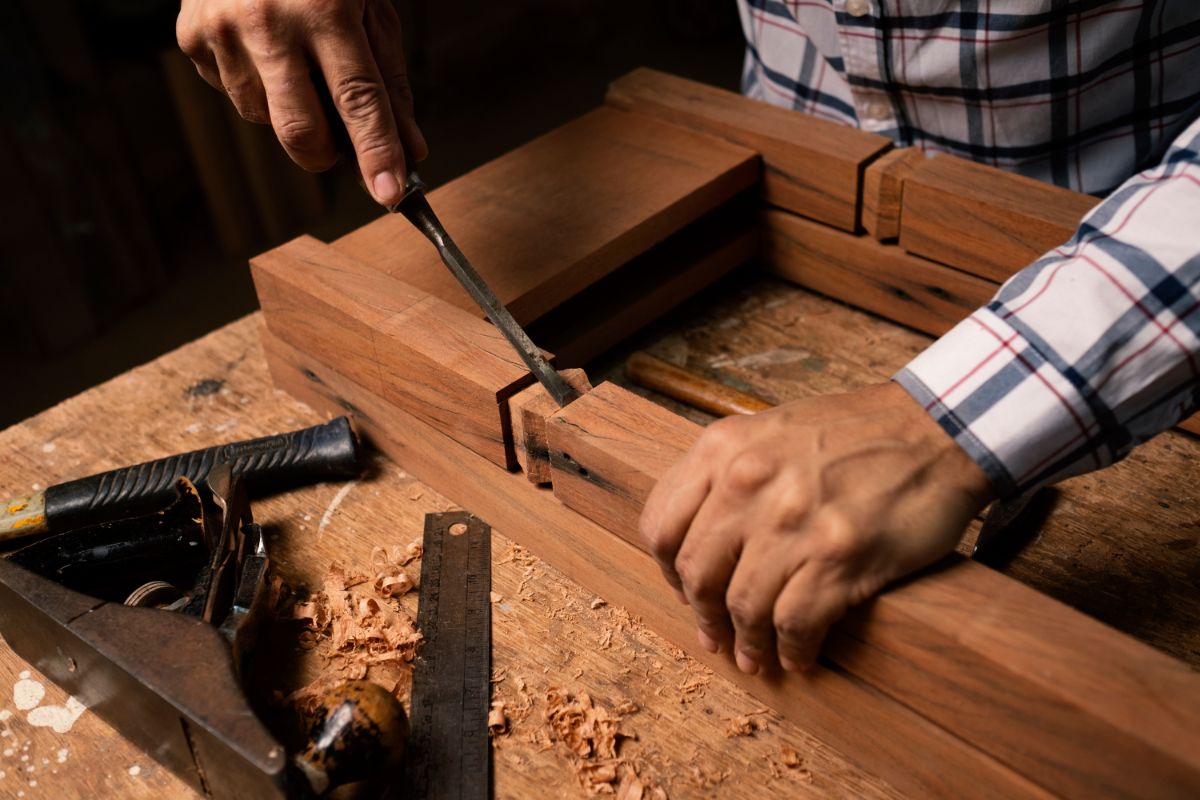Also known as ‘blind rivets’, pop rivets are tubular rivets fitted with a nail-like mandrel, and are used in many different ways, both in heavy industry, and private home improvement.
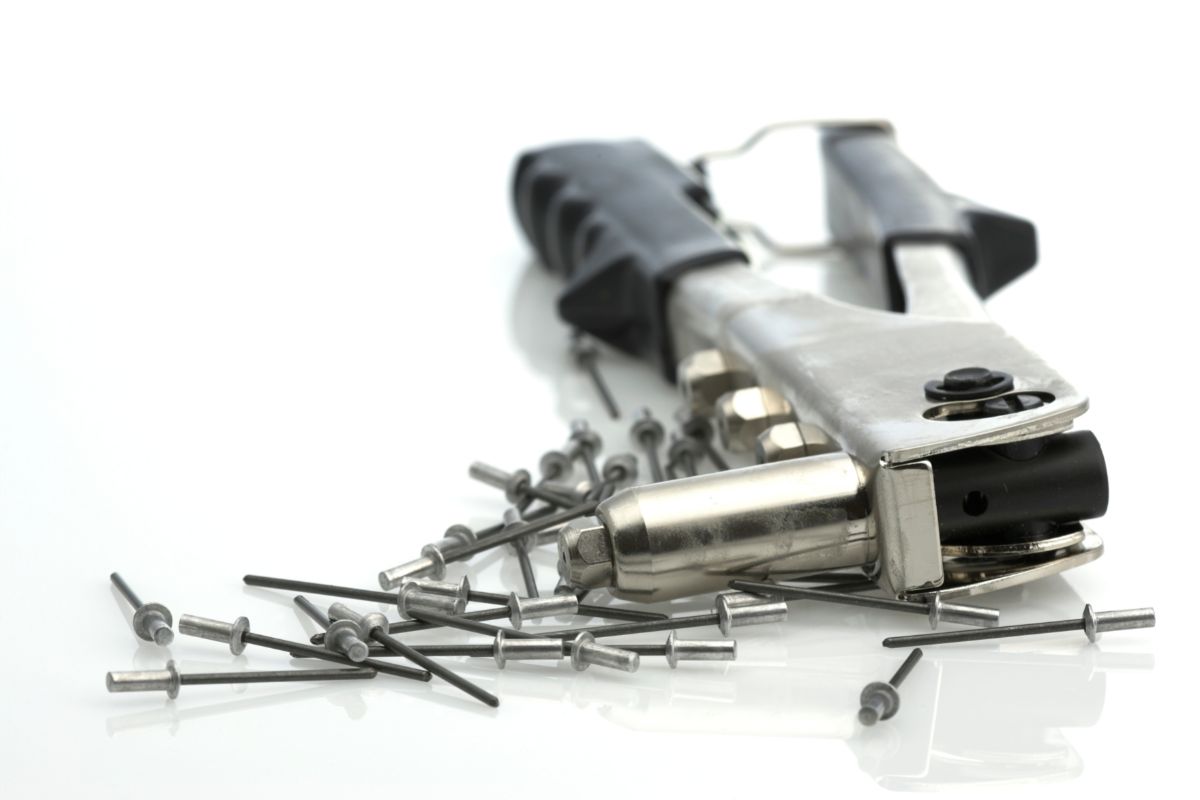
Thanks in part to their extreme effectiveness, pop rivets have many applications, and are particularly useful in situations where traditional bolts and rivets are not usable.
But what exactly are they used for, and how can they be removed if needed?
How Do They Work?
Pop rivets consist of a shank, a mandrel head, and a mandrel. The mandrel passes through the shank, and the mandrel head catches on the back of the shank.
When the mandrel head and the shank are inserted through a hole connecting two sheets of metal, the mandrel head locks on the other side.
Then, as the mandrel is pulled tight, the two pieces connect together, locking in place, and the mandrel can be snapped off, thanks to a purposely designed weak point near the end.
This effectively gives you two materials that have been punched/sealed together, creating a tight bond that is more secure than other materials such as nails and screws, which can not only be snapped easier, but can also not support the same amount of weight.
What Are Pop Rivets Used For?
The versatile nature of pop rivets means they have countless applications in modern construction.
Building Or Home Applications
Throughout the home, there are many uses for pop rivets. Many of these applications take place outside, especially for structural elements like corrugated roofing, and for holding metal sheeting together.
This could be used for metal garages, or outdoor sheds (Also check out Ideas For Your Shed Skirting) , and pop rivets can be a great, simple, and sturdy way to connect the components together.
Other uses around the home include securing guttering to the house. Pop rivets are particularly useful in these instances, particularly as you cannot get to the other side to secure the rivet.
With this design, you can insert the pop rivet, separate the breakable neck, and lock it in place within the wall.
Other home uses include the installation of wind guards, window blinds, and hanger straps, as well as securing important and heavy things to brickwork, such as television aerials and antennas on the side of houses or chimneys.
Nameplates & Signs
Pop rivets can be an effective tool to attach signs to walls on buildings. The strength of pop rivets ensure that the sign is locked in place, safe from theft, and secure enough so as not to fall on passersby.
When there is only access to one side of a structure, pop rivets are also effective fasteners to hold them in place.
Wall & Ceiling Decorations
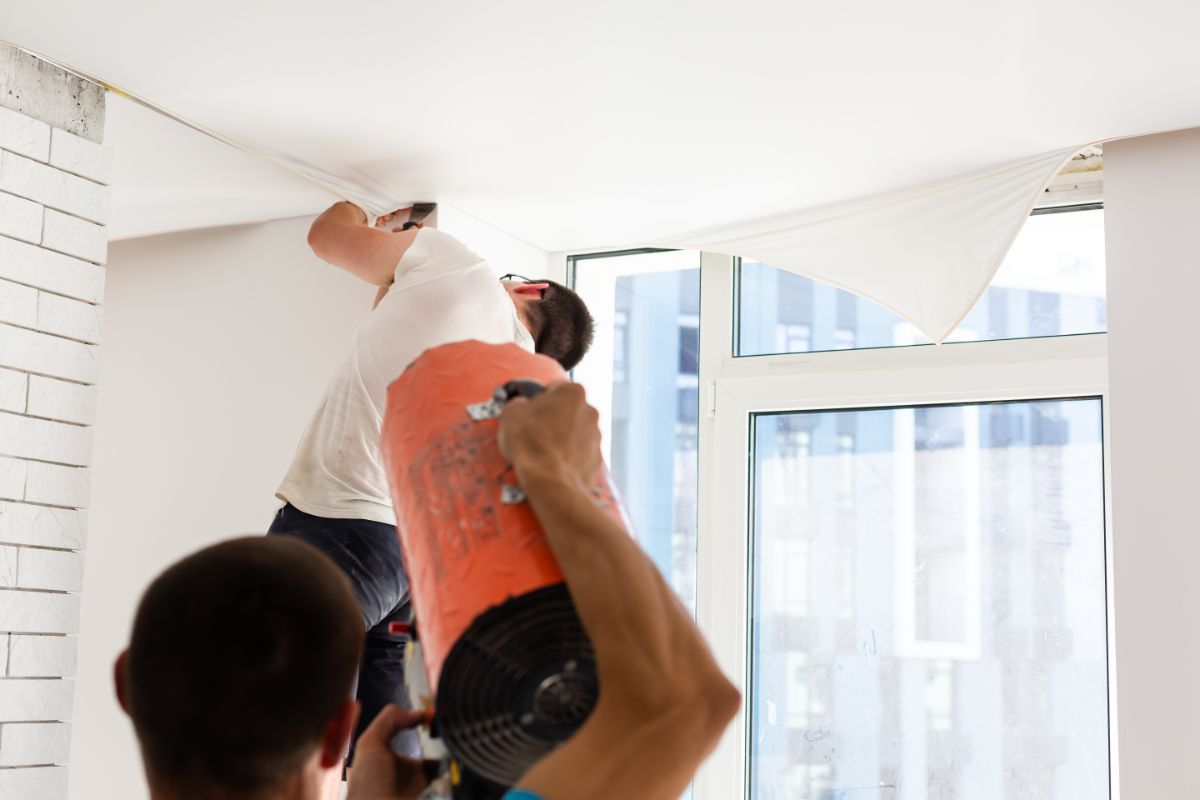
Ornamental objects – such as Christmas and Halloween decorations – and heavy picture frames can sometimes require more hefty support, particularly if they’re heavy duty or large.
In this instance, pop rivets can be used as an effective means of support.
Attaching Hinges
Some doors already come with rivets instead of screws, and they can often be more useful on interior and exterior doors because they are stronger and capable of supporting more weight than the standard screw.
For those who are particularly security conscious, rivets can be a safer option, both because of their higher tensile strength, but also because they are harder to remove and break.
Door Knobs, Draw Pulls & Handles
Rivets generally make a viable replacement for nails and screws, making them useful for smaller jobs around the home – such as securing door knobs, draw pulls, and handles.
Woodworking
Woodworking applications, particularly heavy cabinets, weight bearing shelves, and wooden stands, can all benefit from pop rivets.
These are more reliable when it comes to securing these items to the wall, and have a greater level of strength when it comes to supporting weight.
What’s more, depending on the angle and the amount of room you have at your disposal, pop rivets can be more useful than screws and nails.
Heavy Industry
Of course, there are also countless uses in heavy industry, particularly when it comes to manufacturing boats,airplanes, and automobiles.
With these vehicles, there are many instances where only one side of the metal is accessible, which makes pop rivets the perfect tool to punch through, secure the pieces together, and create a strong, firm seal that is effective and safe.
Miscellaneous
Pop rivets can be used in situations where other methods have not worked properly – such as welding. If the welding is insufficient to hold the two pieces of metal together, then pop rivets can be an alternative.
How To Remove Pop Rivets
However, one partial downside of their sheer effectiveness (and the tight connection that they can create), is that pop rivets can be tricky to remove should the need arise.
However, there are certain steps that can be taken to make the whole process easier.
Drilling The Rivet
One method is to drill the pop rivet. This works best if you create some sort of divot on the end of the rivet – something that can be done with a punch – as this will give the drill bit something to fasten onto, and allow the drill to unwind the rivet.
A slow speed should be used for this, slowly pushing the rivet through the surface with the drill bit, eventually popping out the other side.
Obviously, one downside of this is that it can damage the wood or material that the rivet was attached to, so this isn’t recommended if you want to reuse the materials.
Grinding The Rivet
You could also use a grinder. This is relatively simpler than drilling, and the chance of causing severe damage is somewhat reduced.
To begin, hold the grinding wheel parallel to the surface with the rivet. Then start the wheel and place the grinder against the rivet head.
Then grind the rivet head off, and use something long and thin like a screwdriver to shove the shank through the hole.
This is more suited to situations where you can see both sides of the bonded materials – or where the shank and pieces of the rivet aren’t going to get lodged between walls or somewhere equally inaccessible.
Hammering The Rivet
Lastly, you could also hammer the rivet out. This involves using a chisel to get some purchase on the rivet head, catching the chisel under the end and hammering with slow but substantial force until the rivet head is snapped off.
Then you can use the chisel and hammer the rest of the rivet out of the hole, thus separating the two materials from one another.
Final Thoughts
And there we have it, everything you need to know about pop rivets, and the best ways to remove them.
Pop rivets have a lot of applications in the construction industry, and while they can be difficult to remove, this is testament to their usefulness and their strength.
So, if you are looking for an alternative to nails and screws – such as in situations where weight will need to be supported – then pop rivets might be the tools for you (Check out Husky Vs Craftsman, Which Is Better?).
- The Woodworkers Guide to Brad Nailers: Everything You Need to Know - September 25, 2023
- How To DIY An Aztec Garden Dining Table [The Easy Way] - October 18, 2022
- Farrow & Ball Pigeon: Is It Right For Your Home? - October 17, 2022

